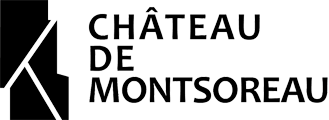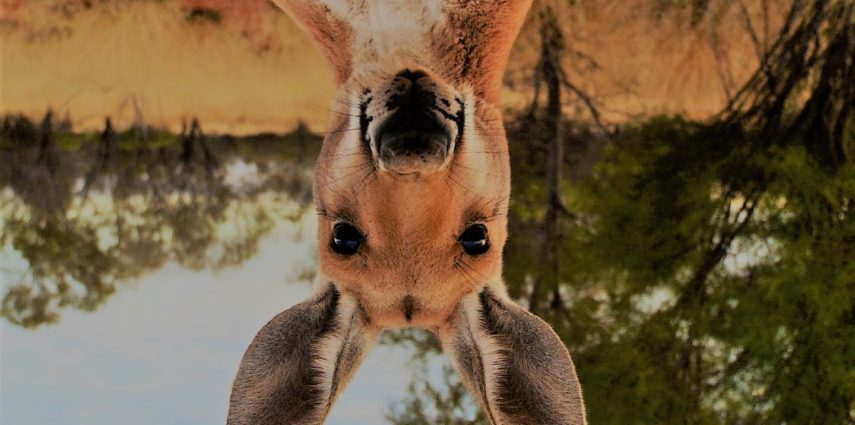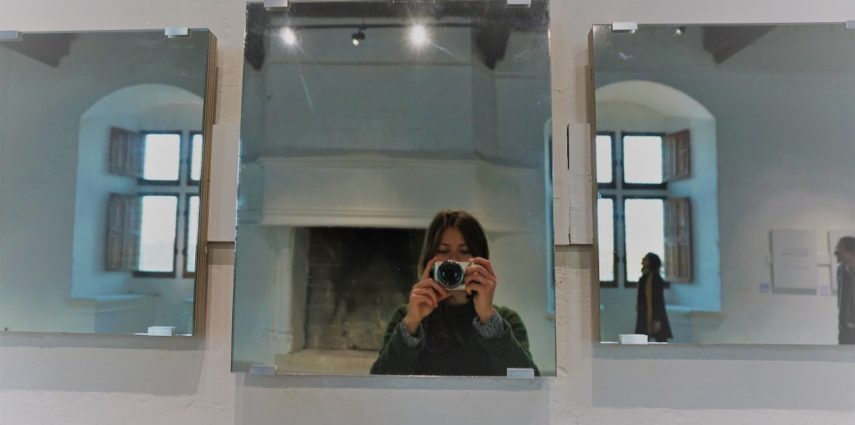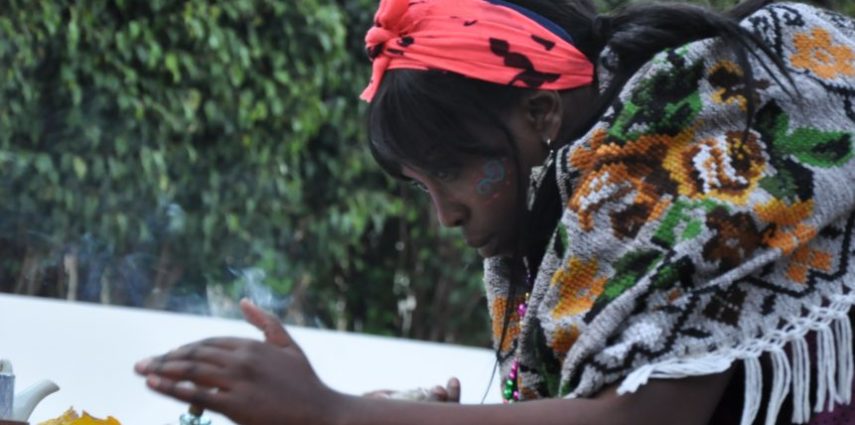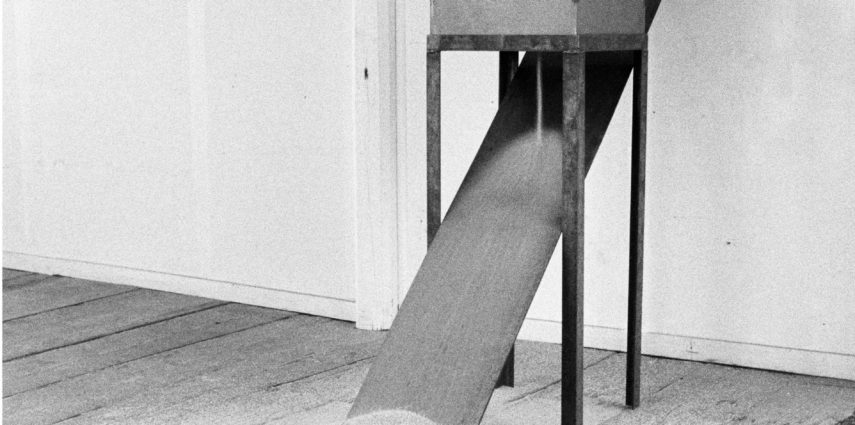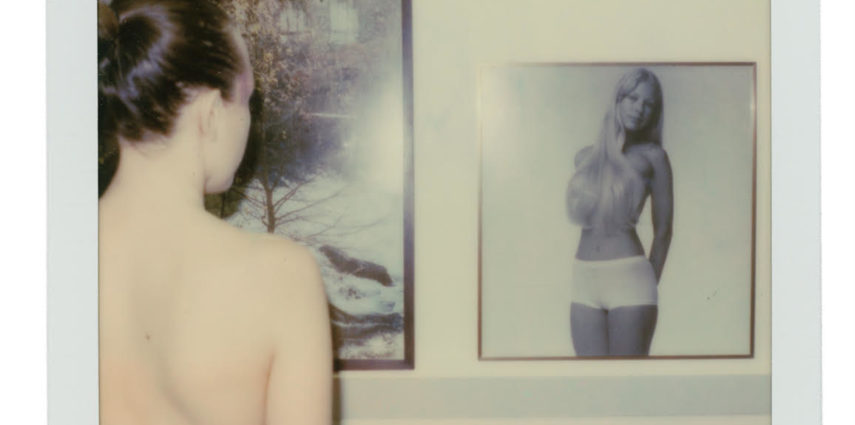On Sunday, July 21rst 2019, the Château of Montsoreau-Museum of contemporary art welcomes My-Lan Hoang-Thuy and Julien Carreyn for the launch of three publications from the « Veronica » exhibition presented by the Frac Poitou-Charente starting from February 8th till May 18th 2019. In these publications, My-Lan Hoang-Thuy moves away from the traditional format of the exhibition catalogue, to give her interpretation of the corpus of images created and produced by Aurélien Mole and Julien Carreyn during the « semi-fictional » editing of their Angoumoisine exhibition.
Museum Bookstore – Free admission
Time: 6:00 pm – 7:30 pm
Veronica
The FRAC of New Aquitaine invited Aurélien Mole, an artist and photographer specializing in the documentation of contemporary art, to design a series of exhibitions based on their photographic collections. Aurélien Mole has joined forces with the artist Julien Carreyn whose work, sensitive to the temporality of aesthetics, explores the poetic and symbolic potential of the academic artistic genre that is the nude. The exhibition they designed together revealed the particular attention paid by the three New Aquitaine FRACs to a photograph of « photographers », particularly during the first decade of their collections’ development, when this medium had not yet been widely used by visual artists. The fifty or so works selected were deliberately selected subjectively by the curators-artists according to an « aesthetic cut »; guided by the following question: « Which photographs would we like to see brought by a nude model in the exhibition room? ». The exhibition also featured photographic works created by Aurélien Mole and Julien Carreyn during the montage.
Julien Carreyn
Julien Carreyn was born in Angers in 1973. He lives and works in Paris. After working as an artistic director, Julien Carreyn refocused his activity on the production of images, drawings and photographs. Since then, he has worked with great perseverance, almost obsessively, to produce an increasingly dense and varied selection which explores transversal image culture, including erotic comics from the 1970s, impressionist painting, youth illustration, etc. More recently, in « Photographies du soir » at the Crèvecoeur Gallery (Paris), Julien Carreyn’s outdoor photographs explore our country and its difficulties in negotiating its prestige (essentially linked to the past), and in obeying the criteria and tastes that are supposed to be those of the middle classes. It is neither a critical approach nor a testimony but rather a flight; a desire for distance whose starting point would be a peri-urban area on the edge of nothing. Between 2016 and 2017, Julien Carreyn presents « Chez Bergeron » at Le Vent des forêts (Fresnes-au-Mont) as well as a collaboration « Julien Carreyn with Ker-Xavier » at the Galerie des Multiples (Paris).
Aurélien Mole
Aurélien Mole was born in 1975 in Tehran. He is a graduate of the Louvre School in History of photography. He continued his studies at the Ecole nationale supérieure de la photographie in Arles and concluded his studies with a training course on the practices of the exhibition directed by Catherine Perret and Christian Bernard. His work has been the subject of solo exhibitions at Galerie Lucile Corty in 2009 (En bonne intelligence), Galerie Florence Loewy in 2010 (Le Catalogue), at the Villa du Parc in 2012 (Sir Thomas Trope). He has participated in numerous group exhibitions in France and Europe in general (Cargo Culte à la Vitrine; Répétition dans l’épilogue, galerie Lucile Corty; If I can’t Dance I don’t want to be part of your revolution, Van Abbe Museum; Double Bind, Villa Arson). In addition, he has regularly published reviews of his exhibitions in the magazine Art21, as well as monographs on contemporary artists (Aurélien Froment, Guillaume Leblon, Gaël Pollin…). He also organizes exhibitions based on devices within the collective le Bureau/(35h. at the Laboratoires d’Aubervilliers in 2004 ; P2P at the Casino, Luxembourg, in 2008) and in his own name (Relationship of Command, Galerie J in Geneva in 2007 ; Sfumato in Sassari in Sardinia in 2008).
My-Lan Hoang-Thuy
My-Lan Hoang-Thuy was born in 1990 in Bourg-la-Reine. She lives and works in Paris and attended a training course at the École nationale supérieure des beaux-arts de Paris from 2015 to 2017.
« Two-headed. Perhaps it is a two-headed work that the visual artist My-Lan Hoang-Thuy is directing. His creations are intertwined with two visual cultures, one western and the other far eastern. Western culture is, for its part, linked to its Franco-Swiss studies of graphic design where the history of its codes and its effect on the conditioning of minds permeate it. The result is creations that question the power and impact of visual language on society. This is the case with her series of wooden signature sculptures by the great names of the Sillicon Valley (Sergey Brin or Mark Zuckerberg). By drawing in space these names of personalities who are at the origin of the tools we use every day, the artist illustrates a normalization in action. Defining the tool is influencing the shape. It also goes back to the source of a typology of symbolic tools (Mac, Photoshop, search tool such as Google) to reverse a certain predictable visual order. The other part of her work, whose source is more buried but notable, comes from this Asian culture, sometimes kitsch, in her words, which emerges in the form of materials (mother-of-pearl, wood) or certain floral motifs, such as its tattooed flowers or sculptures that use the structure of Vietnamese temples. Her self-portraits on mother-of-pearl, small fragments of her own image, revive two stories: her own, of course, but also that of the photography diverted from its traditional medium. This is also the case with the photographs she has taken of her personal environments, printed on PVC, which allow the image to go beyond the frame. Emancipating techniques, reversing them: this is how the approach of an artist who knows the technique and machines too well is structured so that she does not abuse them, in order to conjure up the predictable and disrupt the expected ». (By Léa Chauvel-Lévy)
VERONICA 21.07.2019 juillet 29th, 2019Admin montsoreau
